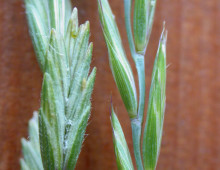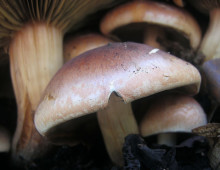Microbial Nitrogen Cycling along the Colorado River
Extensive uranium groundwater contamination at DOE’s legacy ore processing sites has resisted extensive remediation attempts. One of these sites lies within the upper Colorado River Basin. The sediments here are referred to as naturally reduced zones (NRZs) because they are generally nutrient-poor and have abundant iron sulfide minerals. There is concern that NRZs are acting… [Read More]


